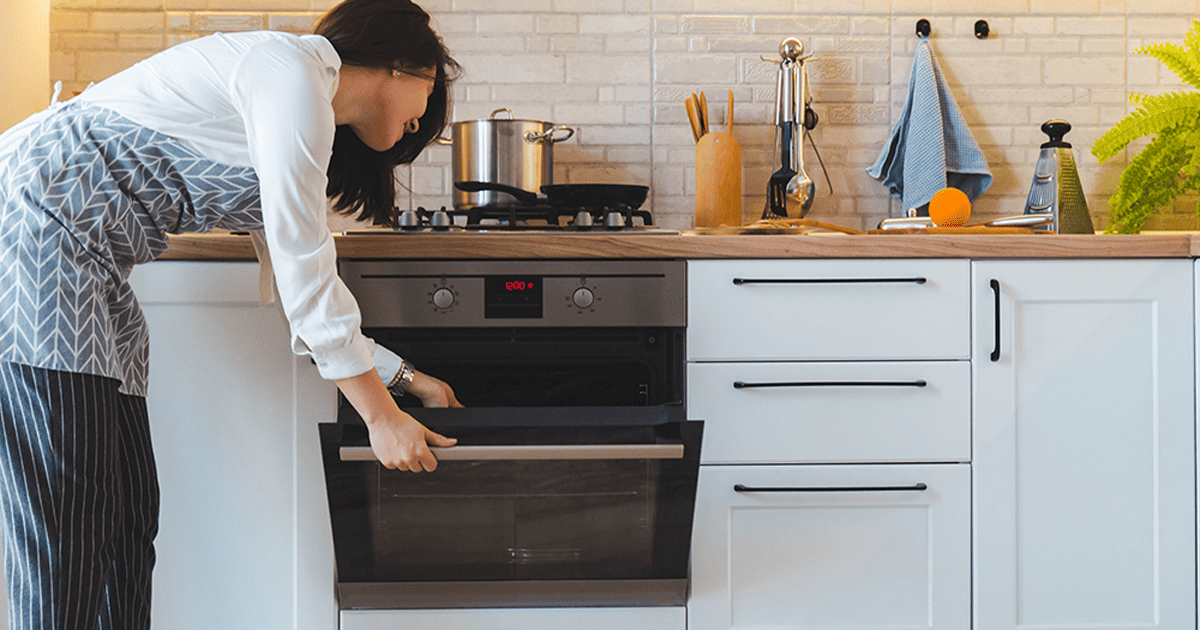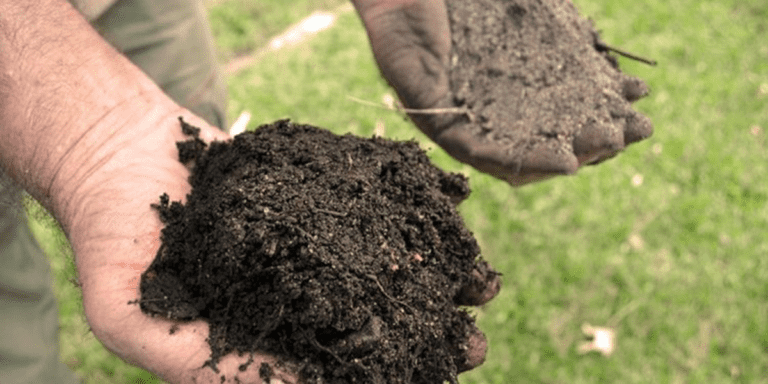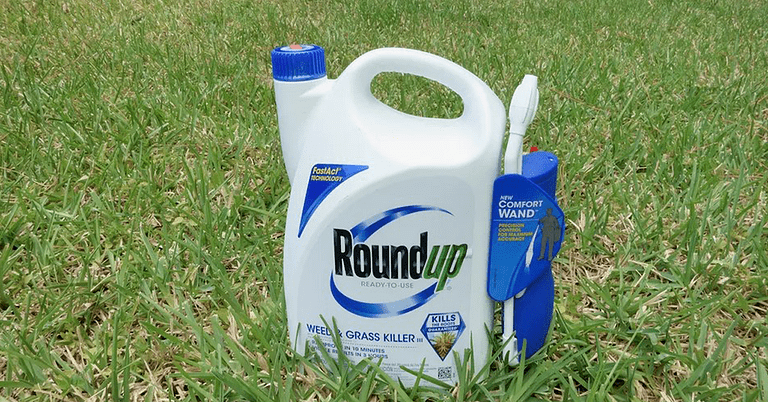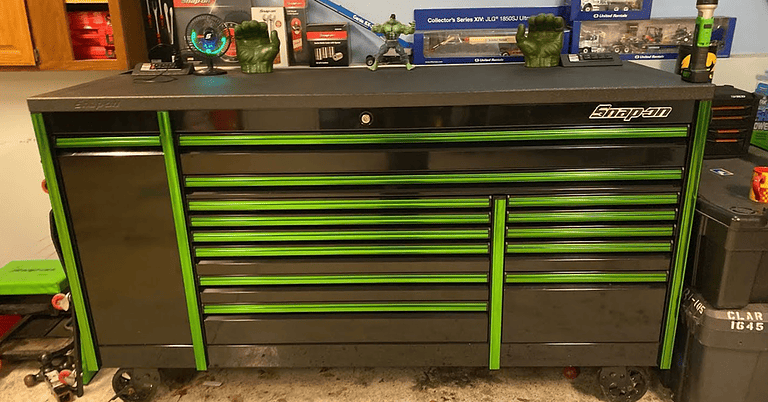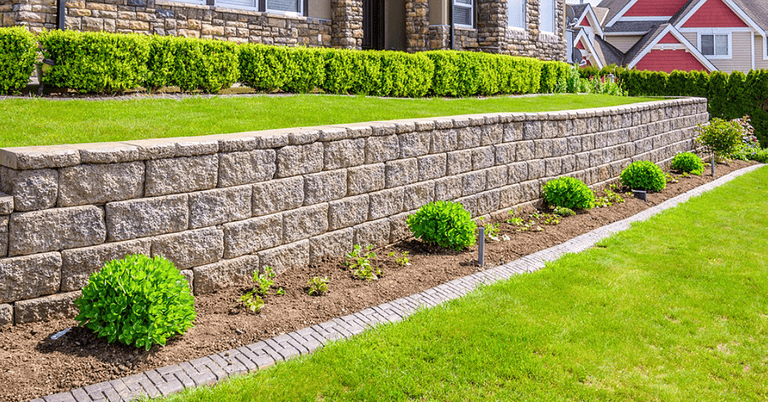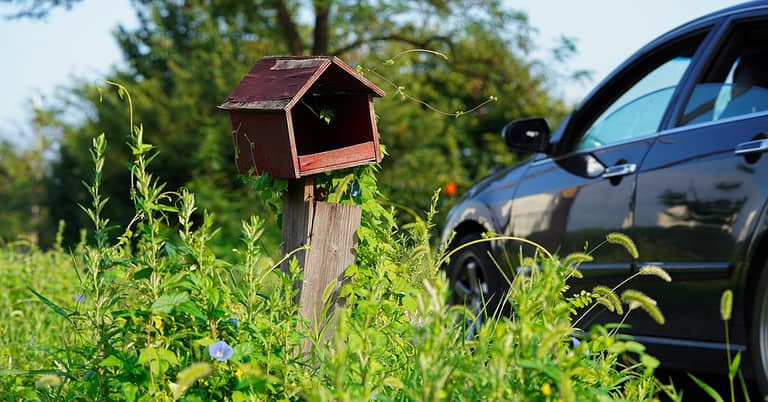Is It Illegal To Have A Propane Tank Indoors
Have you ever wondered if having a propane tank indoors is illegal? You’re not alone. You must be aware of the potential dangers and legalities involved. Propane, while handy, can be hazardous if improperly stored or used inside your home. This article will guide you through the do’s and don’ts, ensuring you use propane safely and legally.
Let’s clear up any misconceptions and help you avoid common pitfalls associated with indoor propane usage.
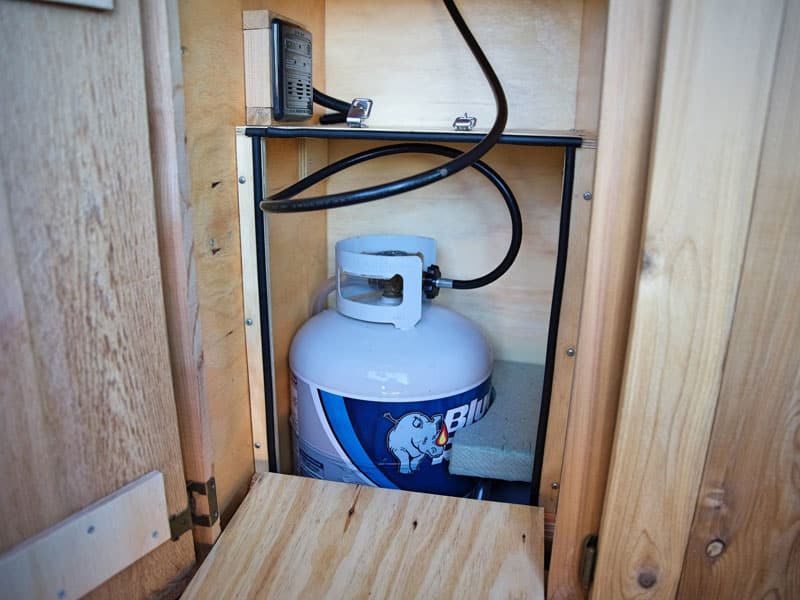
Is It Safe to Use a Propane Tank Indoors?
You’re about to delve into a critical discussion on the safety of indoor propane use. We’ll explore potential hazards associated with propane cylinders and what to look for in safe indoor propane heaters. We will also discuss the dangerous link between propane gas and carbon monoxide.
Additionally, we will guide you through the dos and don’ts of safely using a propane heater indoors. Lastly, we will address whether using a propane grill inside your home is safe. (Read Is It Dangerous When A Propane Tank Freezes)
Indoor Use of Propane Cylinders: Potential Risks
It’s important to remember that keeping a propane tank indoors is both illegal and incredibly dangerous due to the risk of a gas leak leading to an explosion. Indoor use of propane cylinders poses risks like carbon monoxide poisoning from an improperly used indoor propane heater. Propane vapor in an enclosed space is potentially dangerous.
Always prioritize safety over convenience.
Propane Heaters Safe for Indoors: What to Look For?
When shopping for a propane heater safe for indoor use, check if the National Fire Protection Association endorses it. Ensure it has safety features like an oxygen depletion sensor, which can prevent carbon monoxide poisoning.
Never leave your heater inside unattended, and install carbon monoxide detectors in the area of use. Following these tips will help keep your propane heater safe indoors.
Propane Gas and Carbon Monoxide: The Dangers of Indoor Use
Inhaling carbon monoxide from a gas cylinder used inside can pose serious health risks. The dangers of indoor use of propane gas and carbon monoxide are significant. Propane tanks indoors should never be utilized, especially not propane heaters inside homes.
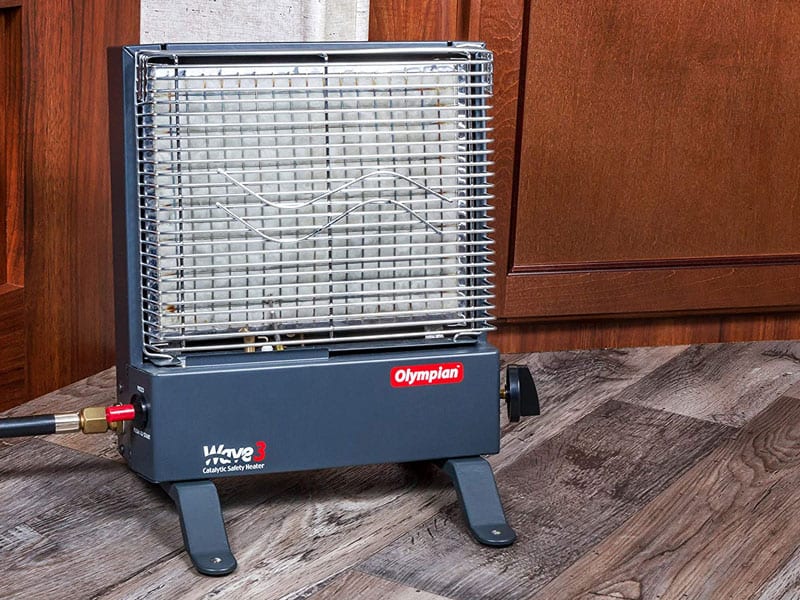
Safe Use of a Propane Heater Indoors: Dos and Don’ts
You’re considering using a propane heater inside, but you should be aware of some important do’s and don’ts to ensure safety. It cUsingropane heater indoors if it can be safely used correctly in a well-ventilated area. However, remember never to store the propane tank indoors due to the risk of burning propane.
Always prioritize safe use and storage for your heater.
Can a Propane Grill Be Used Indoors Safely?
Are you considering using your grill inside? It’sUnderstandingt this can be pretty due to potential carbon monoxide exposure and fire hazards. Pr is crucial page gas, used indoors, isn’t safe. You’re flirting with danger if you use propane cylinders or a propane system like a grill indoors.
Always store your propane tank outdoors once finished.
Storing Propane Tanks In Your Home: Safety Measures
Considering the best practices for keeping your propane cylinder, it’s crucial to understand the numerous factors contributing to safe storage. Considerations such as choosing an appropriate location, ensuring adequate ventilation, and adhering to proper valve and tank care can significantly reduce potential hazards associated with indoor propane storage.
Be mindful of temperature guidelines when storing propane indoors and know the implications of direct sunlight on your tank—it’s not just about convenience, but safety first! (Read Propane Tank Overfill)
Choosing the Right Place to Store a Propane Cylinder
It’s crucial to store propane cylinders outdoors, not in enclosed areas like garages or basements. When choosing the right place for tank storage, consider safety first. The best place to store a propane cylinder is cool, dry, and well-ventilated. Never keep propane tanks indoors to prevent potential hazards.
Always prioritize safety when storing your propane; it’s more than just convenience but also about ensuring everyone’s well-being.
The Importance of Adequate Ventilation When Storing Your Propane Tank
You’ve got to ensure that your storage area has ample ventilation when keeping your cylinder outside, as this prevents the buildup of dangerous gases. Never store propane tanks inside. The importance of adequate ventilation can’t be overstated. Always store propane in a well-ventilated area, and remember you must keep it outdoors for safety. Holding a propane tank indoors is risky and should be avoided.
Valve and Tank Care: Safeguarding Indoor Propane Storage
Taking care of your cylinders’ valves and tanks is critical to safe indoor storage. Remember that a full propane cylinder isn’t secure inside your RV.
Proper cylinder use involves safeguarding indoor propane storage, maintaining valve and tank care, and securing liquid propane.
Temperature Guidelines for Storing Propane Indoors
When considering temperature guidelines for storing gas cylinders in your home, you’ll need to remember that they shouldn’t be kept in locations where temperatures can exceed 120 degrees Fahrenheit.
Propane canisters should always be stored outside, away from direct sunlight and any heat source. It’s hazardous to use a propane tank indoors.
Direct Sunlight and Propane Tanks: The Implications
Direct sunlight can cause severe issues for your gas cylinders, as it can significantly increase the pressure inside them. Avoid exposure to direct sunlight to keep you safe when using a cylinder with your portable propane heater or forklift propane. This exposure could force the relief valve to release gallons of propane in cubic feet.
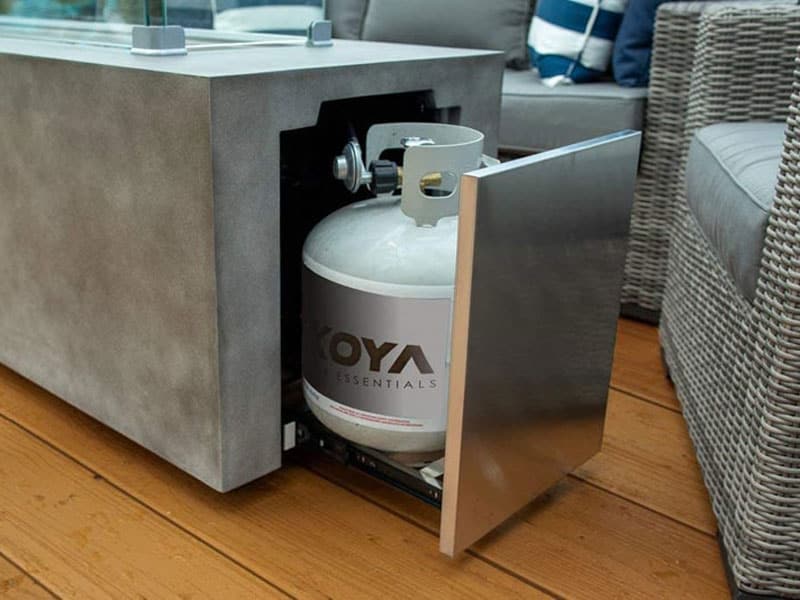
Utilizing Propane Indoors: Guidelines and Precautions
When it comes to using propane heaters indoors, there are critical guidelines you need to follow. Ensuring safety first while refilling indoor propane tanks is paramount, and understanding the necessary precautions with propane and ignition sources within your home can’t be overlooked.
We’ll discuss whether indoor propane heaters are genuinely safe to use, considerations for portable propane heaters regarding indoor safety, and how these factors play a crucial role in maintaining a secure environment in your home. (Learn How To Turn Propane Tank On)
Guidelines for Proper Use of a Propane Heater Inside
You’ll need to ensure you’re using an indoor-safe propane heater, always equipped with oxygen depletion sensors for safety.
Following guidelines for properly using a propane heater inside can be a reliable fuel source.
Keep the tank upright; tanks contain enough liquid used in vapor form.
Since propane is a powerful ignition source, please keep it away from flammable objects.
Refilling Indoor Propane Tanks: Safety First
After discussing the safe indoor use of propane heaters, let’s explore refilling indoor propane tanks. You must be cautious. Larger propane tanks should never be filled or used inside. Maintain a minimum three feet distance from sources exceeding 120 degrees for safety.
These cylinders can safely provide fuel for patio heaters, but always prioritize safety when handling propane indoors.
Propane and Ignition Sources: Necessary Precautions in a Home
It’s crucial to be mindful of ignition sources in your home when using propane for safety reasons. Always keep tanks far from open flames, sparks, or devices that can generate heat. Ensure you’re storing tanks outdoors in a cool, ventilated area away from property lines. Remember, improper handling could lead to dangerous leaks or explosions.
Indoor Propane Heaters: Are They Safe to Use?
Despite potential safety concerns, indoor propane heaters can be safe when used correctly.
You must ensure the heater has a built-in oxygen depletion sensor that shuts it off if there’s not enough air in the room.
Never leave it unattended or on while sleeping. Keep flammable items away and install carbon monoxide detectors for extra safety.
Portable Propane Heaters and Indoor Safety: What to Consider?
While indoor propane heaters can provide warmth, safety should be your top priority. Portable propane heaters demand careful handling. They’re not meant to be left unattended or used while sleeping. Ensure these heaters have oxygen depletion sensors and you’ve installed carbon monoxide detectors in the room.
Remember, your safety hinges on proper usage and adherence to guidelines. Now, let’s delve into the specifics of portable propane heaters and indoor safety standards.
Moving Propane Tanks from Indoors to Outdoors: The Procedures
You’re ready to transition your propane tank from indoors to the great outdoors, but safety must be your primary concern.
From understanding how to remove a propane tank from the indoors safely, learning tips for outdoor storage of propane cylinders, transitioning a propane heater for outdoor use, protecting an outdoor tank from extreme weather, to testing an outdoor propane tank for safe use – there’s plenty, you need to know.
Let’s delve into these key points so you can make this move confidently and securely. (Read Does Propane Produce Carbon Monoxide)
Safe Steps to Remove a Propane Tank from the Indoors
It’s essential to follow secure steps when removing a propane tank from indoors due to its high flammability and potential danger.
- First, ensure you’ve shut off the tank valve tightly.
- Then disconnect it from any appliances.
- Always lift the tank properly using your legs, not your back.
- Finally, store it upright outdoors, away from ignition sources and well-ventilated areas.
Tank Outside: Tips for Outdoor Storage of Propane Cylinders
Storing your gas cylinders outside requires careful planning and adherence to safety guidelines. Always keep them upright, away from heat sources, and in a well-ventilated area. Never store propane tanks indoors or near flammable materials. Regular inspections are crucial for detecting leaks early.
Transitioning a Propane Heater for Outdoor Use
Transitioning a heater for outdoor use isn’t as simple as it might seem, given the potential risks and safety considerations involved. You have to ensure it’s designed for outside operation. Don’t place it near flammable materials or leave it unattended. Keep your propane tank upright and away from heat sources.
Protecting An Outdoor Tank from Extreme Weather
Now that you’ve transitioned your propane heater for outdoor use let’s focus on protecting your outdoor tank from extreme weather. It’s crucial to protect the tank against high winds and protect it from sun exposure. Insulating covers can protect against freezing temperatures.
Always keep the area around your tank clear of debris and snow.
Testing an Outdoor Propane Tank for Safe Use
You’ll need to routinely test your outdoor propane tank to ensure it’s operating safely and efficiently. Check for leaks by applying soap on the connections and opening the gas; bubbles mean a leak.
Always keep the tank upright, away from ignitable items, and never indoors. Be aware of its smell, as propane has a distinct odor for detection if any leakage occurs.
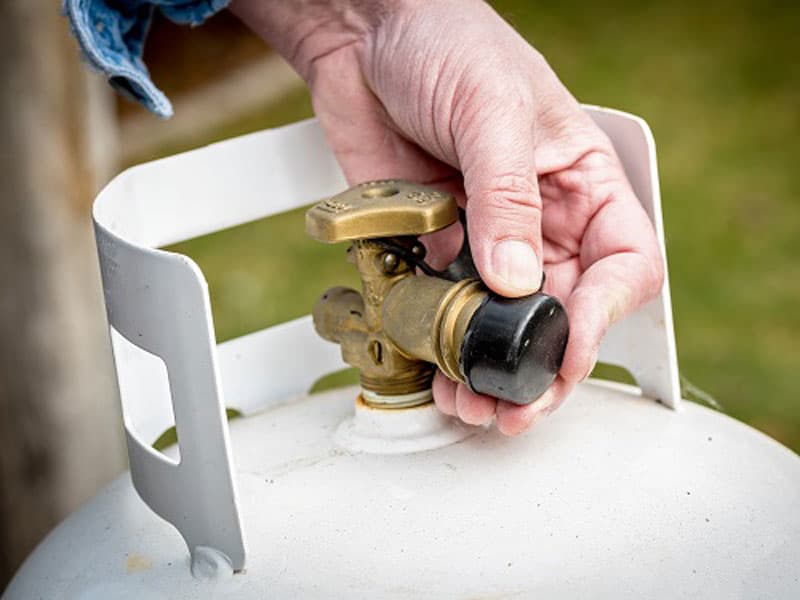
Common Indoor Propane Questions and Misconceptions
You’re probably wondering, does a propane tank have to be kept outside? The truth is, keeping a propane tank indoors can pose serious safety risks, including potential explosions.
Not all propane heaters are safe for indoor use, and certain precautions must be taken when using propane cylinders designed for outdoor use indoors.
Does a Propane Tank Have to be Kept Outside?
It’s important to know that keeping a propane tank indoors is not only illegal but also extremely dangerous. Propane leaks can lead to explosions or fires, seriously threatening your safety. Always store propane tanks outside, away from living areas and flammable materials. In addition, ensure they’re upright and secure.
Can Propane Tanks Explode if Left Indoors?
Should you leave gas cylinders inside, there’s a real risk they could explode due to pressure changes or accidental exposure to flames. It would be best to store them outside in a cool, well-ventilated area. Even slight leaks can result in gas buildup, increasing the explosion risk. In addition to being illegal, indoor storage poses serious safety hazards.
Always adhere to safety guidelines for your protection.
Are All Propane Heaters Safe for Indoor Use?
Not all heaters are safe for indoor use, especially propane ones. You should only use heaters labeled explicitly as ‘indoor-safe.’ These models have safety features such as oxygen depletion sensors and tip-over switches. Avoid using outdoor propane heaters indoors, as they can cause carbon monoxide buildup. Always follow the manufacturer’s instructions for safe operation to ensure you’re not putting yourself or your family at risk.
Can a Propane Tank Be Used Safely With All Types of Indoor Heaters?
You can’t safely use all indoor heaters with a propane cylinder. Some heaters aren’t designed for this fuel source, which could lead to hazardous conditions. Always check your heater’s specifications before hooking it up to any propane source. Failure to do so may result in severe consequences, including fires, explosions, and carbon monoxide poisoning.
Using Propane Cylinders Designed for Outdoor Use, Safely Indoors
It’s crucial to understand that cylinders designed for outdoor use can’t be safely utilized inside due to the risks involved. You’re risking propane leaks, fire hazards, and even explosions by doing so. Always adhere to safety guidelines: only use indoor-approved propane devices indoors and keep outdoor cylinders outdoors.
Conclusion
So, you can’t legally or safely store propane tanks indoors. It’s a fire risk and can produce toxic gases if misused. Always store them outside, away from structures and ignition sources. If you must use propane indoors, follow strict safety guidelines and precautions.
Don’t misuse tanks or cylinders – they could damage appliances or cause injuries. Stick to using approved indoor propane heaters with adequate safety measures in place.

